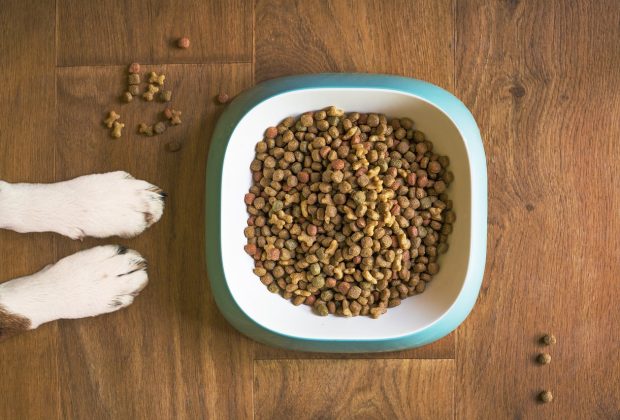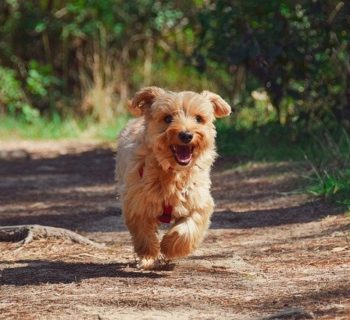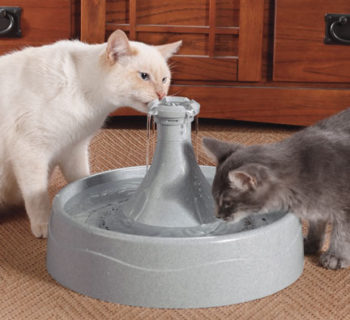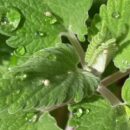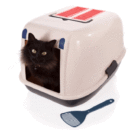When a furry little bundle of joy enters your life in the form of a puppy, it's almost impossible to resist their boundless energy and puppy dog eyes.
As they grow, so does their appetite, leading to the burning question: When can puppies finally dig into that bowl of hard food?
Don't worry, we've got all the answers you need to ensure your precious pup gets the perfect start to their culinary adventures.
Table of Contents
When Can Puppies Eat Hard Food?
- Puppies can typically start eating hard food at around 8 to 10 weeks old.
- It is important to start the weaning process around 4 to 5 weeks old, and it takes about 4 weeks for the transition from milk to solid food.
- During weaning, it is recommended to soak dry dog food in liquid and mash it with a spoon.
- By week 4 of weaning, puppies should be ready to eat dry dog food.
- Feeding smaller but more frequent meals, about 3 to 4 times a day, is advised.
- It is important to provide puppies with healthy puppy food that is high in calories, protein, and essential nutrients.
- Consulting a vet for advice and specific feeding recommendations is recommended if unsure about the food.
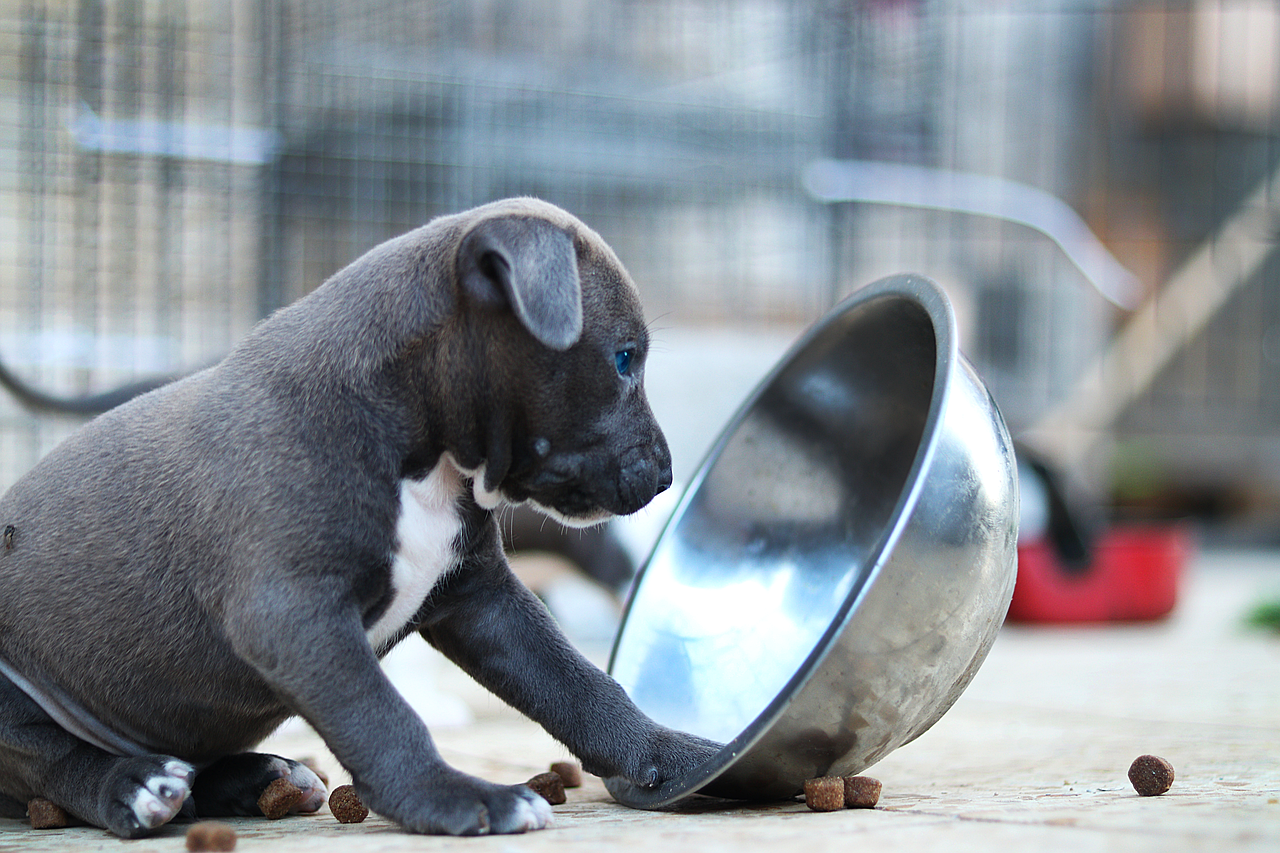
Age And Readiness For Dry Food
Puppies generally reach a stage where they can consume dry food between 8 to 10 weeks old. At this age, they have developed enough teeth and jaw strength to properly chew and digest solid food. Before this period, puppies rely solely on their mother's milk for nutrition.
The Weaning Process And Timeline
The weaning process, the transition from milk to solid food, typically begins when puppies are around 4 to 5 weeks old. This process usually lasts for about 4 weeks and is crucial for their development.
During weaning, it is recommended to soak dry dog food in a liquid (such as water or puppy formula) and mash it with a spoon. This creates a softer consistency that is easier for the puppy to consume. As the weeks progress, the water to dry food ratio should be adjusted to gradually decrease the liquid content. By week 4 of weaning, the puppy should be ready to eat dry dog food without any liquid assistance.
Recommended Dry Food For Puppies
When introducing dry food to puppies, it is essential to choose a high-quality option specifically formulated for their nutritional needs. These specialized puppy formulas contain the right balance of calories, protein, and essential nutrients required for a puppy's growth and development. It is advisable to consult a veterinarian to determine the most suitable brand and type of dry food based on the puppy's breed, size, and specific health requirements.
Addressing Confusion Of Wet Food Vs. Dry Food
Many dog owners often find themselves confused by the decision between wet and dry food. While both options can provide essential nutrients, the transition from wet to dry food is crucial for a puppy's development.
Wet food is often easier to eat due to its softer texture, but it may not provide the necessary dental benefits that come with chewing hard food.
On the other hand, dry food helps strengthen a puppy's jaw muscles and promotes healthier teeth and gums.
Importance Of Weaning For Puppy Development
Weaning from milk to solid food is a significant step in a puppy's life. This transition allows them to become more independent and adapt to a proper diet. It also provides an opportunity for puppies to experience various tastes and textures, creating a foundation for a diverse palate as they mature. Weaning is crucial for their growth, as it ensures they receive the appropriate nutrients and develop strong bones, muscles, and vital organs.
Recommended Method For Transitioning To Dry Food
To ensure a smooth transition to dry food, the recommended method is to gradually introduce it during the weaning process. Here are some steps to follow:
- Start by soaking the dry food in a suitable liquid and mashing it with a spoon until it forms a soft consistency that the puppy can consume easily.
- Reduce the liquid content as the weeks progress until the puppy can eat dry food without assistance.
In addition to this, it is recommended to feed smaller, but more frequent meals (around 3 to 4 times a day) during the weaning period. This approach helps prevent overeating, digestive issues, and allows for better nutrient absorption.
If the puppy struggles with the transition or experiences any digestive upset, it is advised to slow down the weaning process and consult a veterinarian for guidance.
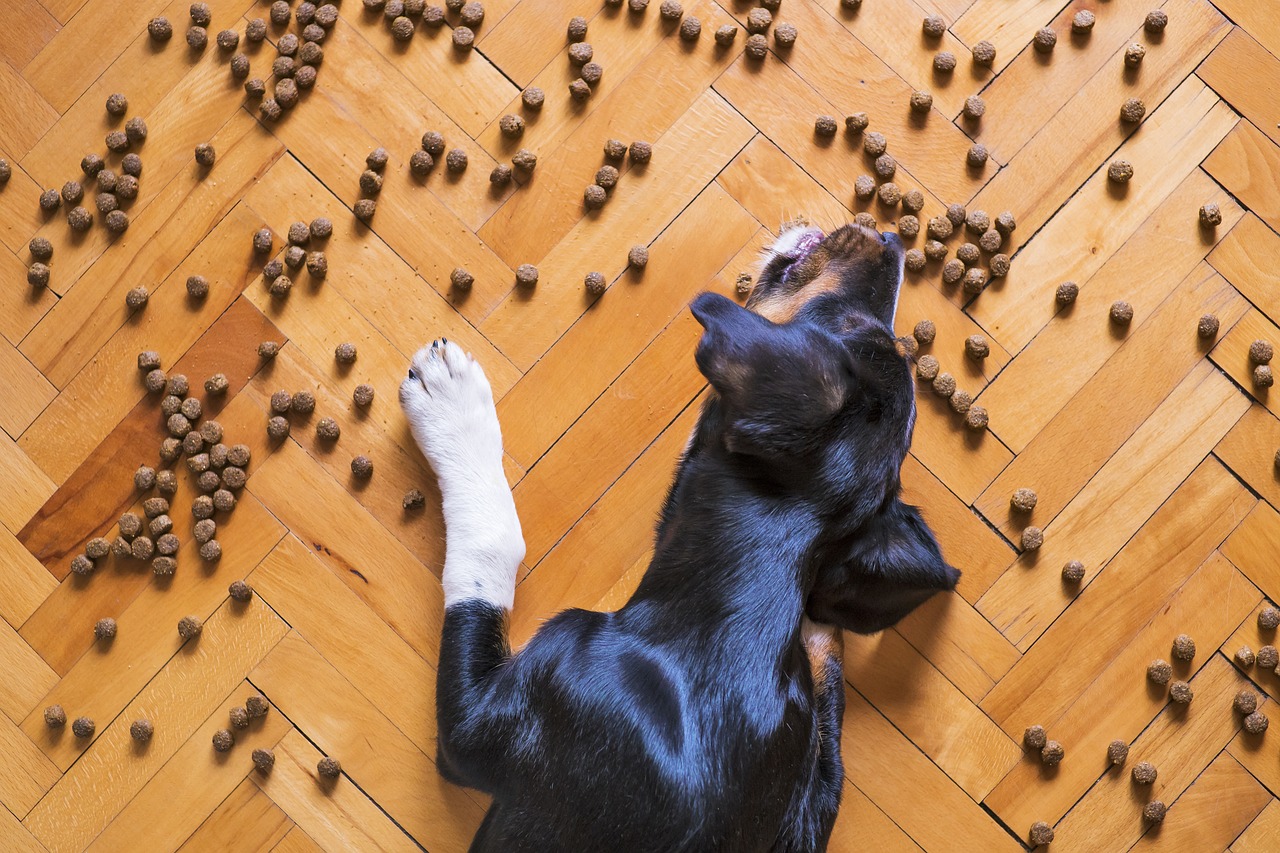
Conclusion
Puppies can start eating dry food between 8 to 10 weeks old. Weaning from milk to solid food is a crucial developmental phase that should be approached gradually, using specialized puppy food formulated to meet their unique nutritional requirements. While wet food can be an option, transitioning to dry food is essential for a puppy's dental health and overall growth.
Remember to follow the recommended method and seek veterinary advice when needed, to ensure a smooth and healthy transition for our beloved furry companions.
Key points
FAQ
How Long Should You Soften Puppy Food?
For optimal digestion and ease of consumption, it is recommended to soften puppy food for approximately 10-15 minutes. This allows the dry food to absorb the water and become more palatable, making it easier for puppies to chew and swallow. A quick mix and temperature check ensures that the softened food is safe and ready to be accessed by the puppy, promoting a seamless transition into solid foods.
How Do You Introduce Hard Food to Puppies?
Introducing hard food to puppies requires a gentle and gradual approach. Beginning between 3 to 5 weeks, when they are already eating soaked kibble, it is important to start the transition slowly. Initially, offer them just a few bites of the soaked kibble or a teaspoon of gruel on the first day. Then, gradually increase the amount each day, allowing them time to adjust to the new texture and consistency. By taking a patient and progressive approach, you can help puppies develop a healthy and comfortable transition to solid food.
What Can I Feed a 3 Week Old Puppy?
At this stage, it is important to introduce a dish of water and gruel to a 3-week-old puppy. To prepare the gruel, you can mix high-quality dry puppy food with warm goat milk or water. It is advisable to soften the food to create a gruel-like consistency. This mixture can then be offered to the puppy in a low, heavy dish around four times a day. Utilizing dishes such as "flying saucer," pie plates, ashtrays, or rabbit dishes tend to work effectively for this purpose. By providing this balanced and easily digestible food, you can support the puppy's growth and overall well-being during this critical phase.
When Should I Switch My Puppy to 2 Meals a Day?
When should I switch my puppy to 2 meals a day? According to experts, it is recommended to transition your puppy from four meals a day to two meals a day when they reach six months of age. By this time, their digestive system has developed enough to handle larger meals while still providing the necessary nutrients. Maintaining a morning and evening meal routine throughout your pup's life ensures a stable and consistent feeding schedule, promoting their overall well-being and ensuring they receive adequate nutrition.

